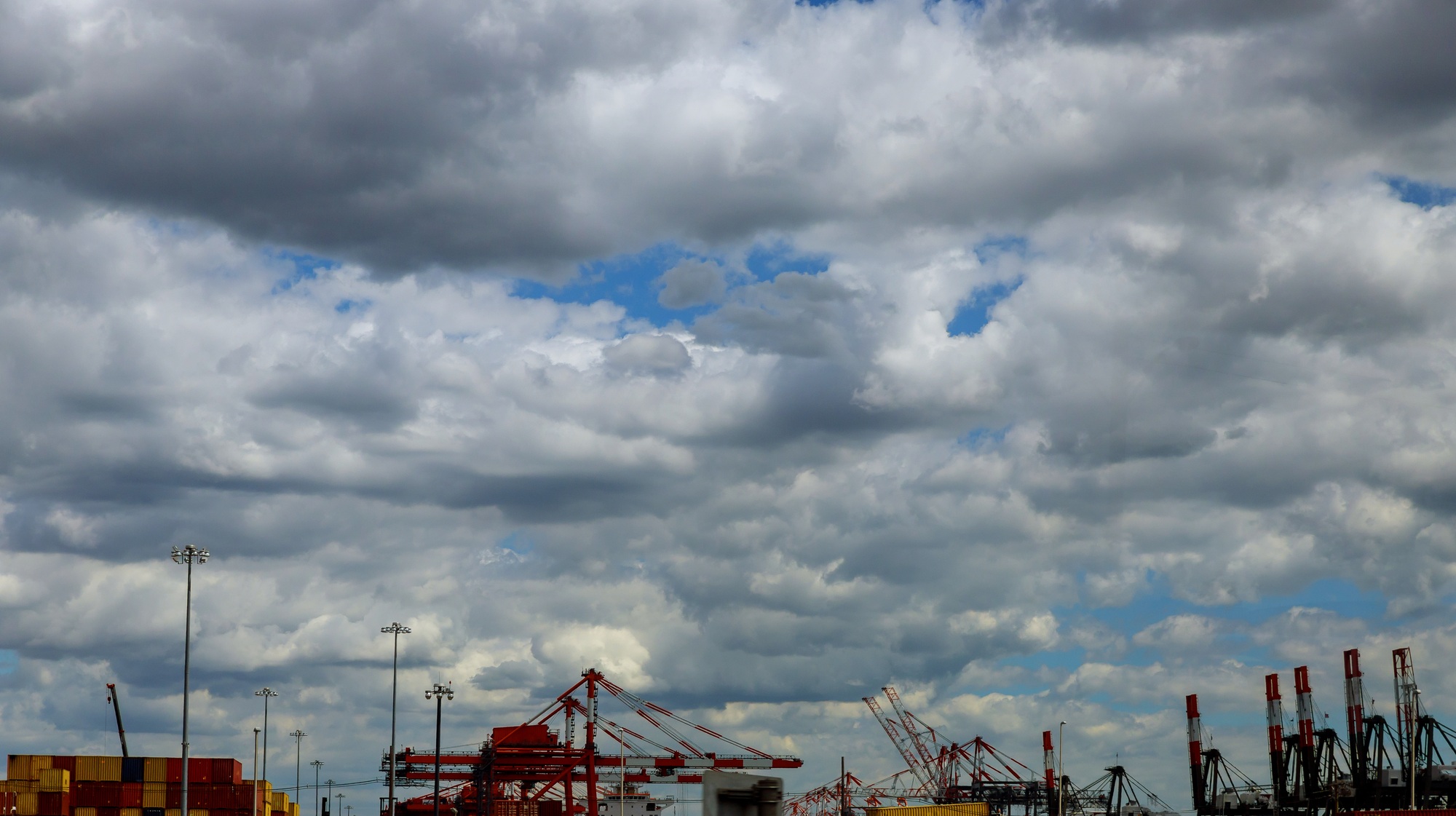
Cold Chain Transportation: Setting Standards in Quality and Reliability
Cold Chain Transportation: Setting Standards in Quality and Reliability
Cold chain transportation plays a critical role in the shipment of sensitive products, particularly in the food, pharmaceutical, and biotechnology sectors. This process ensures that products are maintained within a specific temperature range, preserving their quality and reliability. Cold chain transportation is executed through meticulous planning, appropriate technology usage, and continuous monitoring.
What is Cold Chain?
The cold chain is a process where temperature-controlled products are kept within specified temperature conditions from production to the end consumer. This process ensures that products like fresh food, pharmaceuticals, vaccines, and biological samples are transported without spoilage, loss of efficacy, or contamination.
Importance of Cold Chain Transportation
- Preservation of Product Quality: Cold chain transportation preserves the nutritional value, freshness, and efficacy of products. For food items, this process prevents spoilage and microbial contamination.
- Protection of Public Health: Proper temperature maintenance for medical products like vaccines and drugs is crucial for preserving their efficacy. Any temperature deviation can lead to significant health risks.
- Compliance with Regulations and Standards: Many countries have stringent regulations and standards for cold chain transportation. Adherence to these rules enhances consumer confidence and prevents legal issues.
Stages of Cold Chain Transportation
- Production and Packaging: Temperature control starts at the production and packaging stage. Special packaging and cooling systems ensure that products are kept at the correct temperature from the outset.
- Storage: Products are stored in warehouses with specific temperature ranges. These warehouses typically have precise temperature control systems and monitoring devices.
- Transportation: Products are transported in refrigerated vehicles, which can have different temperature settings based on the transported items. The internal temperature of the vehicle is continuously monitored and reported.
- Distribution: Products are kept within the cold chain process until they reach the end user. Final distribution points, such as supermarkets, pharmacies, and hospitals, must also maintain appropriate temperature conditions.
Role of Technology in Cold Chain Transportation
Technology plays a crucial role in every stage of cold chain transportation. Here are some key technologies used in this process:
- IoT (Internet of Things) Devices: These devices continuously monitor and record the temperature, humidity, and other environmental conditions of the products. Real-time data flow allows for quick intervention in case of any deviation.
- GPS Tracking Systems: GPS systems that track the location and route of transportation vehicles ensure that products reach their destination safely.
- Refrigeration Systems: Modern refrigeration technologies provide continuous and effective temperature control in transportation vehicles and storage facilities.
Challenges in Cold Chain Transportation
- High Costs: Cold chain transportation is more expensive than other transportation methods. These costs stem from refrigeration systems, monitoring devices, and energy consumption.
- Temperature Control and Monitoring: Temperature deviations can lead to significant quality losses in products. Therefore, continuous and precise temperature control and monitoring are essential.
- Logistical and Planning Challenges: Cold chain transportation requires detailed planning and coordination. Traffic, weather conditions, and other external factors can affect this process.
Cold chain transportation is a critical process for the safe and effective transportation of sensitive products. Utilizing the right technologies, stringent monitoring, and proper planning ensure the preservation of product quality. The success of cold chain transportation is of paramount importance for public health and safety.




